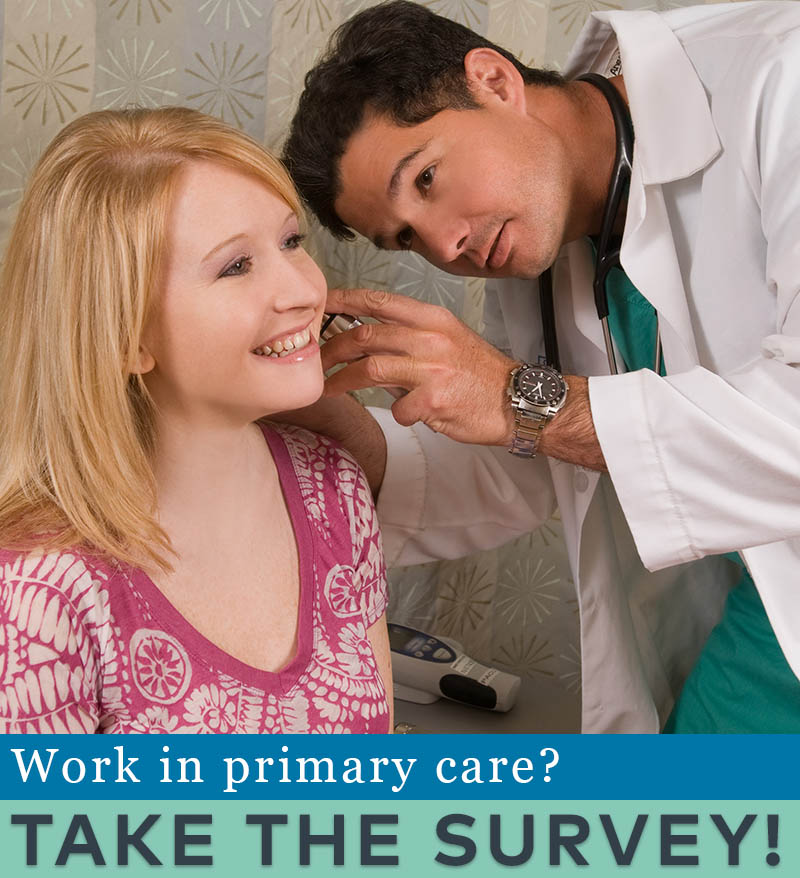You are looking at an archived version of our site. Please visit thepcc.org for a fresh, new experience!
You are here: Array » Primary Care's Go ...
Primary Care's Got Your Back to School
It’s back-to-school time, but this year, the exuberance of children returning to learning has been dampened by the concerns and questions the coronavirus pandemic raises.
The U.S. has already seen school-age children and college-age students return to in-person learning only to have the virus break out in some pockets, forcing districts and institutions to reverse school re-opening decisions. According to the most recent weekly report issued by the American Academy of Pediatrics, a PCC Executive Member, and the Children’s Hospital Association, children now represent about 9% of all COVID-19 cases in the U.S., up from 2% in March. And the World Health Organization said younger adults are becoming the primary spreaders of COVID-19, often unaware they are infected due to mild or no symptoms.
As the focus turns again to how the public health emergency will play out in schools and on campuses, it’s also time to consider primary care’s role in addressing COVID-19 among children and young adults.
Primary care plays a central role in helping families make decisions about their children returning to school or not – assessing the safety protocols that are put in place and their family’s risk tolerance. Following the guidance of national experts, such as the CDC, and observing local data about the spread of COVID-19 is vital, but primary care clinicians are also a resource for parents and guardians.
Primary care is working with families in a triage capacity when there are suspected COVID-19 cases and managing patients who test positive, including if they should seek acute care. But primary care can also play a key role in coronavirus prevention by helping families manage chronic conditions that are a COVID-19 risk factor and making sure family members get their vaccines to prevent other illnesses. After all, strong primary care is key to pandemic preparedness.
And as the winter flu season approaches, we are all concerned that it may exacerbate the spread of the coronavirus. Recent data from an August 20 JAMA report shows increases in U.S. flu vaccine rates overall in recent years but persistent gaps across racial groups, with Blacks and Hispanics 9.3% and 11.6% behind Whites, respectively. Primary care clinicians can play a critical role by ensuring that all patients, no matter their race or ethnicity, receive the flu vaccine.
Pandemic preparedness is good medicine, and primary care is prepared to do its part. Join the PCC for its September webinar on this topic. Speakers, date and time will be announced soon.
Republished from the August 2020 Executive Member Update (monthly e-newsletter)

Are you a physician, nurse practitioner, or PA working in primary care?
Help PCC and the Larry A. Green Center track how your practice is responding to the COVID-19 outbreak by completing the Green Center's occasional survey.
The regular surveys are no longer being conducted.
COVID-19 Updates
May 9, 2022 | Primary Care Collaborative
April 19, 2022 | Primary Care Collaborative
April 19, 2022 | Primary Care Collaborative
March 7, 2022 | STAT
February 27, 2022
- 1 of 39
- next ›

Recent News
August 16, 2024
August 12, 2024
July 16, 2024
May webinar highlights: “The Commercial Market: Alternative Payment Models for Primary Care” Nate Murray explains w… https://t.co/KX9Wi2w6oY —
2 years 5 months ago
@CMSinnovates’ primary care strategy is rooted in a 2021 @theNASEM’s report which called #primarycare “foundational… https://t.co/glbPxvCysg —
2 years 5 months ago
@CMSinnovates has a new #primarycare strategy, envisioning “ACO-based primary care model tests that may focus on pr… https://t.co/aJGF1z411l —
2 years 5 months ago
- Page 1
- ››
Secondary menu
Copyright © 2024 Primary Care Collaborative




